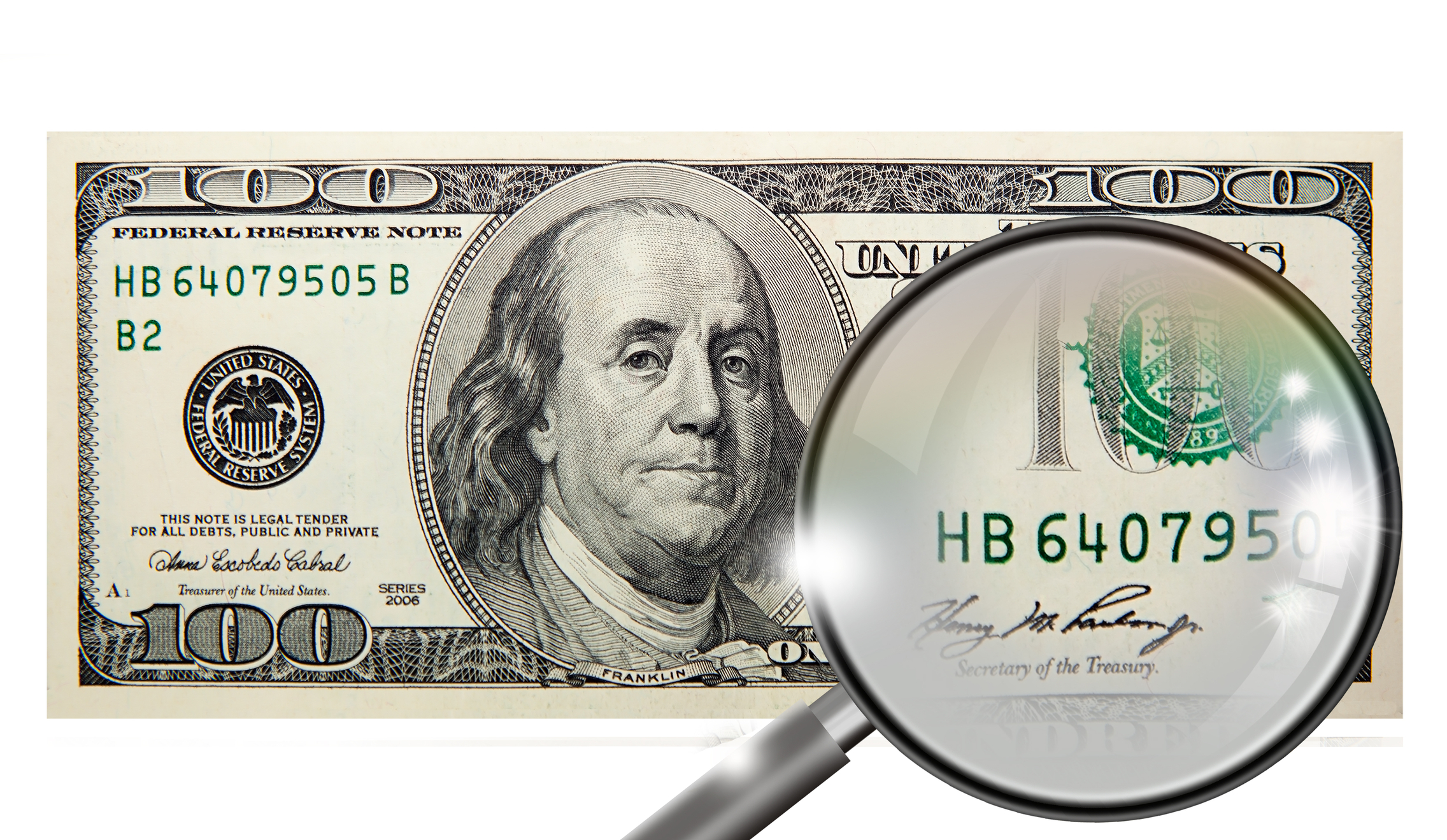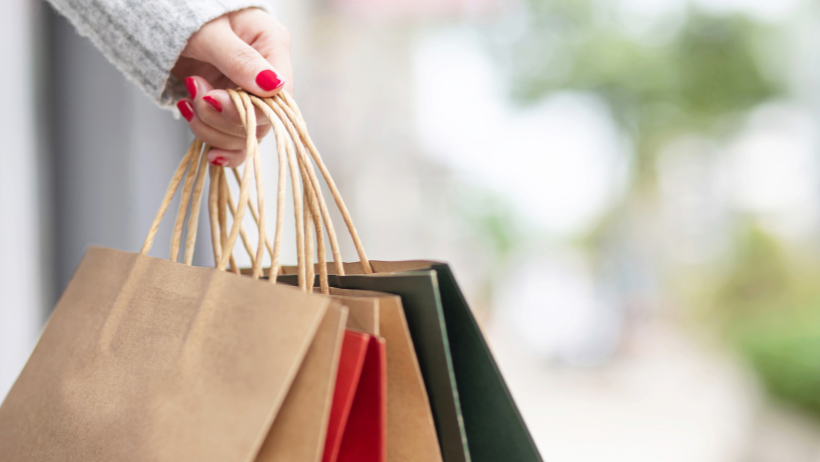


The modern era of counterfeit money production has enabled anyone with a home computer, a scanner and a high-quality color printer to open-up-shop and become a counterfeiter. Easy access to counterfeit-capable technology makes loss prevention and counterfeit bill detection increasingly important for small and large retailers alike.
The bottom line is: counterfeiting can affect your company's bottom line. Your business will likely incur a loss in time, productivity and resources in addition to the forged face value of the worthless counterfeit. The 2014 Lexis-Nexis True Cost of Fraud survey, conducted annually, suggests that the “soft costs” associated with fraud typically equals more than 3-times the face value of the fraud itself.
Read on to learn about your options and the latest technologies for protecting your business from counterfeit bills.
It is difficult to estimate the total dollar amount of counterfeit currency in circulation. In 2013 alone, the U.S. government seized nearly $90 million in counterfeit money domestically. The changing face of counterfeiting as an industry has led to a unique dynamic. With nearly two-thirds of domestically printed counterfeit bills being produced using laser and ink-jet home printer technologies, counterfeiting is now predominantly ahome-based business. This means that the use of counterfeit currency is no longer just a "Big City Crime", affecting only places like New York, Miami and Los Angeles. As we highlighted in a recent blog article, counterfeiting is now a local crime, and the possibility of receiving a counterfeit bill is greater than ever.
In retail businesses, the first point for detecting a counterfeit bill generally lies with the cashier. A physical inspection of currency may utilize security features embedded in the latest U.S. currency.
Of the above 4 physical features, only the intaglio printing offers a relatively secure test for authenticity. Watermarks, color shifting ink and security threads have all been counterfeited with passable facsimiles of these features. In the modern age of digital counterfeiting, would-be fraudsters can often download the files, images and instructions needed to falsify these features on their own counterfeit notes.
Even the intaglio printing can be partially reproduced, if the counterfeiter uses off-set printing. Although not common domestically, where - as previously mentioned - roughly 2/3 of all counterfeits are produced digitally, foreign counterfeiting operations are far more likely to use off-set printers. With Peru as the current largest single source of counterfeit currency in the United States, it is actually fairly common to find off-set counterfeits in domestic circulation these days.

In addition to visible security measures embedded on bills, U.S. currency also includes covert security features invisible or indiscernible to the naked eye. Specialized counterfeit detection equipment is needed to view and authenticate these features.
Ask yourself these questions and then reach out to us to discuss the best solution for your needs.
The answers to these qustions will be most important in determining which product(s) is most appropriate to help you prevent counterfeit fraud in your locations.


.png)
